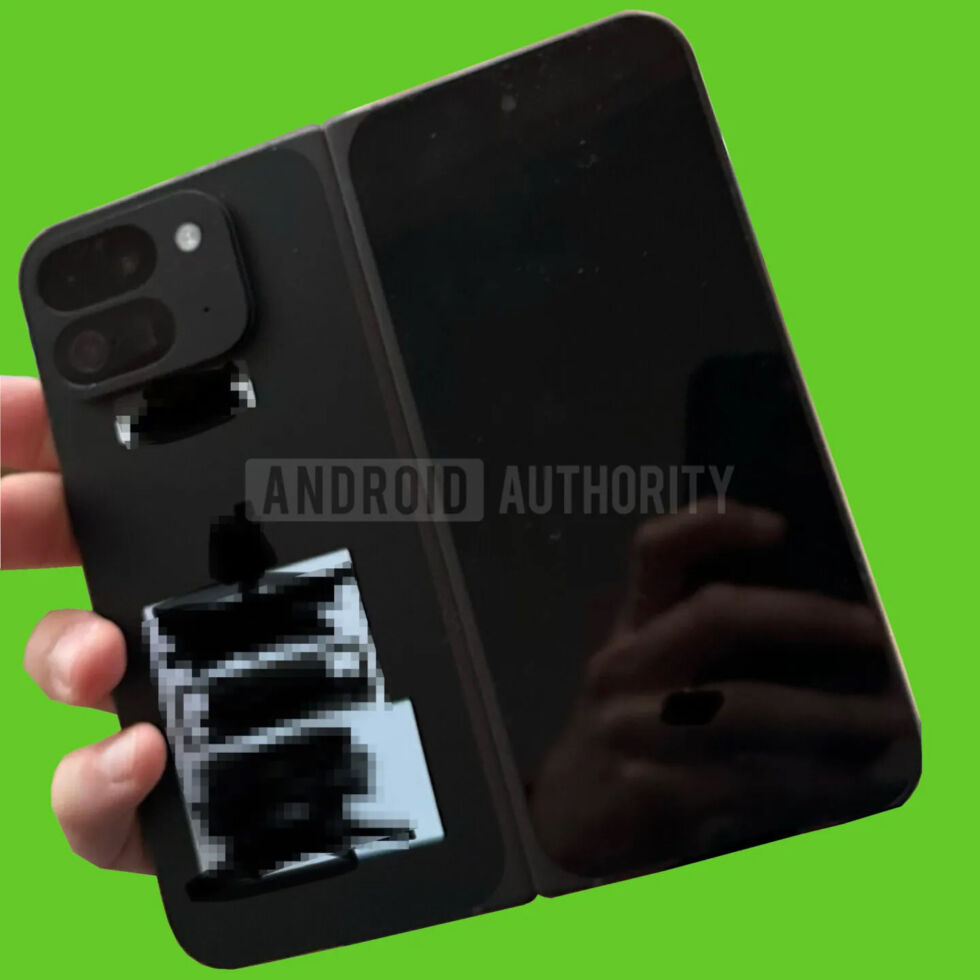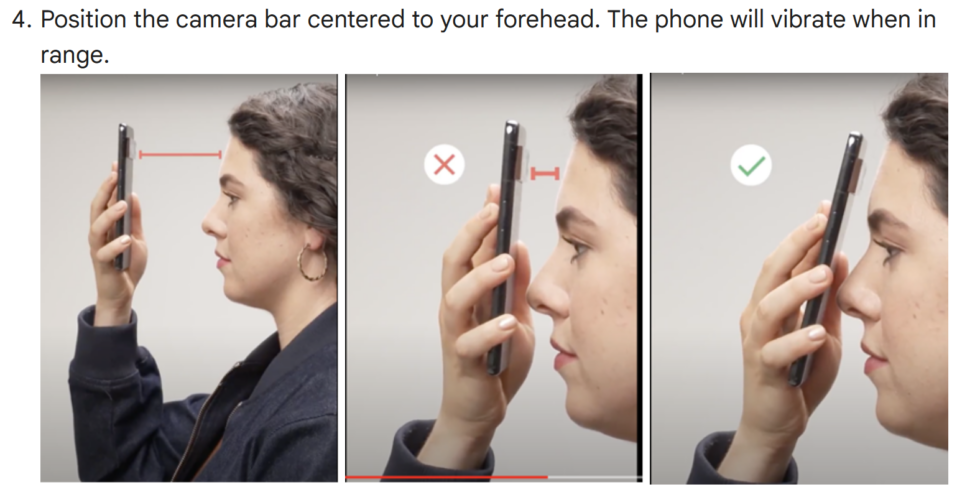-
 chevron_right
chevron_right
Pixel 8a rumors list 120 Hz display, DisplayPort compatibility
news.movim.eu / ArsTechnica · Wednesday, 20 March - 18:45 · 1 minute
Enlarge / OnLeak's Pixel 8a render. (credit: OnLeaks and Smartprix )
Google's next mid-range phone, the Pixel 8a, is rapidly approaching release. The presumed launch date has always been Google I/O, and that's officially set for May 14. Although the Pixel 8a recently hit the Federal Communications Commission , the box has leaked, and renders have been out since October, we haven't really talked specs.
The ever-reliable Kamila Wojciechowska has a new article for Android Authority detailing some specs for the upcoming device. Apparently, there are some big upgrades planned. The Pixel 7a took a big jump to a 90 Hz display, and the Pixel 8a is encroaching even more into flagship territory with a 120 Hz display. Wojciechowska's source says the Pixel 8a display will be a 6.1-inch, 120 Hz, 2400×1080 OLED panel with an improved 1,400 nits brightness. The display's 120 Hz screen will not only make the phone more competitive here; it will also be a big deal for the Pixel line's recent expansion into India, where 120 Hz is the norm at this price range.
The report says to expect the same camera loadout as the Pixel 7a, along with the newer Google Tensor G3 chip, just like the other Pixel 8 phones. Google doesn't mention it on the spec sheet, but Wojciechowska says internally there is a small difference: It's the same silicon on the A-series, but Google goes with a cheaper, hotter silicon packaging method. So expect some thermal differences.




